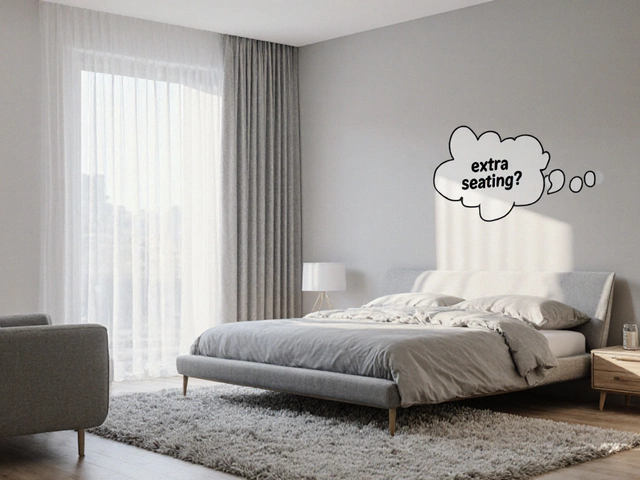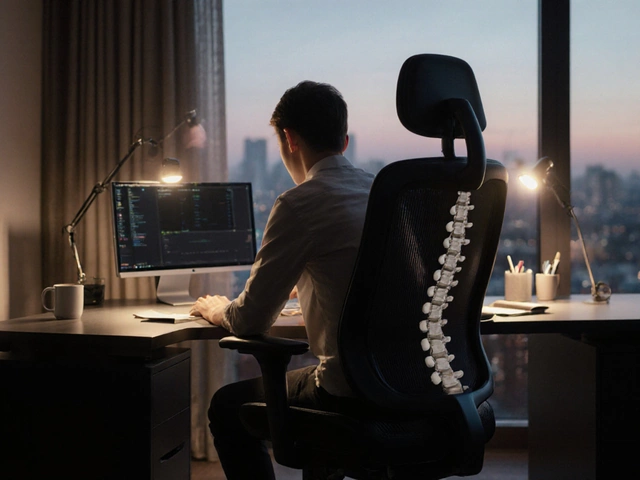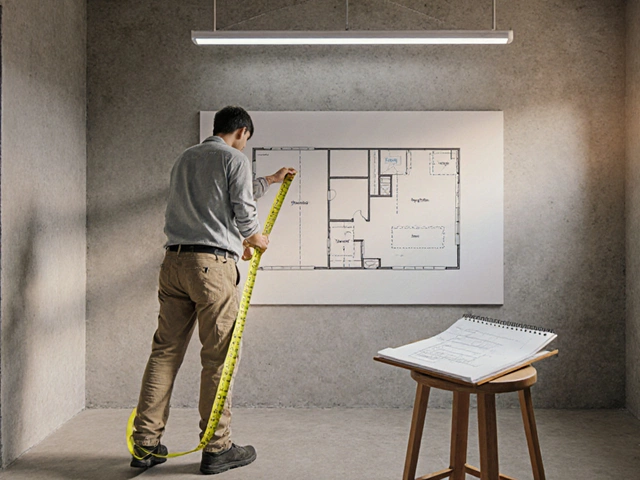Ergonomic Seating for Modern Classrooms
Ever notice how a student slouches after a morning lesson? That’s a clear sign the chair isn’t supporting a healthy posture. In schools, the right seat does more than keep kids comfy – it helps them stay alert, reduces fatigue, and can even lower the risk of back problems that show up later in life.
Key Features to Look For
The first thing to check is adjustability. Seats that tilt, raise, or swing forward let each child find the perfect angle for their height and desk. Look for a built‑in lumbar pad or a contoured back that follows the natural curve of the spine. A seat depth of about 16‑18 cm works for most ages, giving enough support without restricting leg movement.
Material matters, too. Breathable mesh keeps backs cool during long lessons, while sturdy plastic or wood frames add durability. Rounded edges prevent accidental bumps, and a non‑slip base keeps chairs steady when students shift in their seats.
Choosing the Right Ergonomic Seating for Your School
Start by measuring the average desk height in each classroom. The chair seat should sit roughly 2‑3 cm below the desk surface, allowing elbows to rest comfortably. If you have mixed‑age groups, consider stackable or easily reconfigurable chairs that can be moved as kids grow.
Budget is always on the mind, but think long‑term. A well‑made ergonomic chair may cost a bit more upfront, yet it lasts longer and reduces replacement cycles. Many manufacturers offer warranty packages that cover hinges and frames for up to five years – a good sign of quality.
Design also plays a role. Schools often choose neutral colours like gray or navy because they hide wear and blend with any décor. Some providers let you add accent fabrics or logos, giving the space a cohesive look without sacrificing function.
Maintenance is simple if you plan ahead. Wipe mesh backs with a damp cloth weekly, tighten any loose bolts quarterly, and inspect the casters for wear. Teaching staff can do a quick visual check each week to catch problems before they become costly repairs.When you pair ergonomic seating with good lighting and a well‑organized classroom, the whole learning environment improves. Kids stay seated longer, participate more, and teachers notice fewer complaints about backaches. That’s the real payoff – a healthier, more focused student body.
Ready to upgrade? Start by listing the most used classrooms, measuring desk‑to‑floor heights, and setting a budget range. Then reach out to a supplier who can demo a few models on site. Hands‑on testing is the fastest way to see which chair feels right for your students. With the right ergonomic seating, you’ll notice the difference in a single school year.








